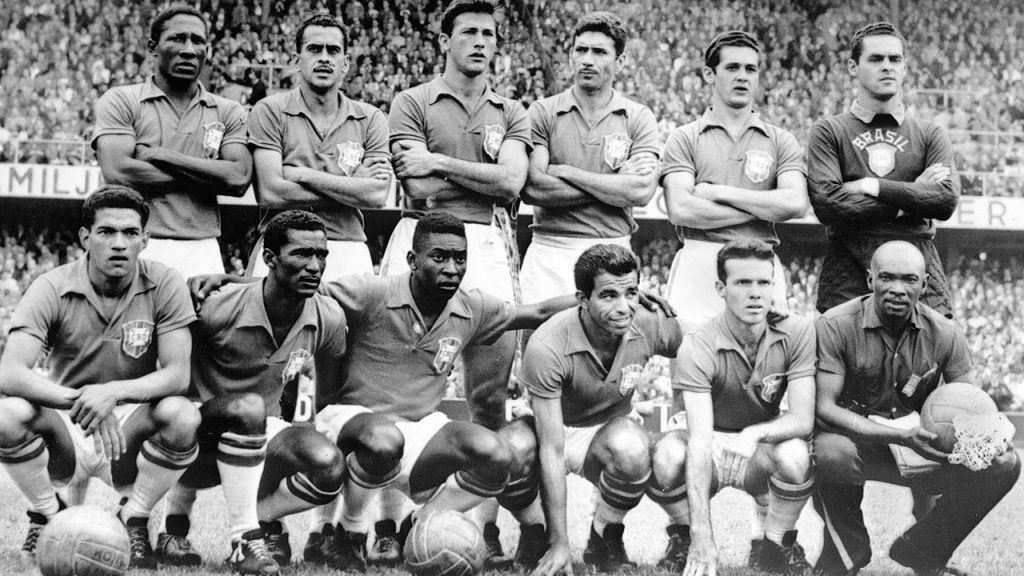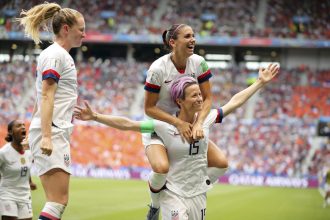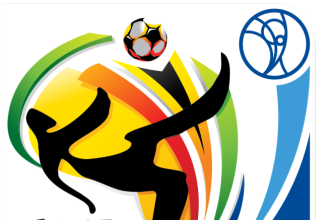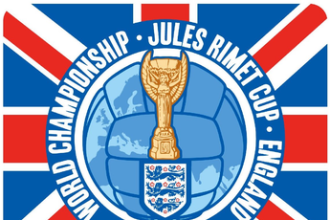The 1958 FIFA World Cup, hosted by Sweden, marked a significant milestone in the history of football. This tournament not only showcased exceptional talent and fierce competition but also witnessed the emergence of a new generation of football legends. From unforgettable performances to unexpected upsets, the 1958 World Cup captured the hearts of fans worldwide. In this article, we delve into the highlights, key moments, and the impact of this iconic tournament.
The 1958 World Cup will forever be remembered as the tournament that introduced the world to the brilliance of Brazilian football. Led by a 17-year-old prodigy named Pelé, the Brazilian team showcased their attacking prowess, mesmerizing fans with their skill, creativity, and flair. Pelé’s remarkable performances and his hat-trick against France in the semifinals catapulted Brazil into the final, where they faced the host nation.
Teams:
Austria, Czechoslovakia, England, France, Hungary, Northern Ireland, Scotland, Soviet Union, Sweden (hosts), Wales, West Germany (title holders), Yugoslavia, Mexico, Argentina, Brazil, and Paraguay.
The format of the competition changed from 1954: 16 teams still competed in four groups of four, but this time each team played each of the other teams in its group at least once, without extra time in the event of a draw. Two points were awarded for a win and one point for a draw. If the first two teams finished on equal points then the goal average would decide who was placed first and second. As in 1954, if the second and third-placed teams finished on the same points, then there would be a play-off with the winner going through. If a play-off resulted in a draw, the goal average from the group games would be used to determine who went through to the next round. If the goal averages were equal then lots would have been drawn. These arrangements had not been finalized by the time the tournament started and were still being debated as it progressed. Some teams complained that a play-off match, meaning three games in five days, was too much, and before the second round of group matches FIFA informed the teams that goal average would be used before resorting to a play-off. This was overturned when the Swedish Football Association complained, stating that it was wrong to change the rules mid-tournament, but also because it wanted the extra revenue from playoff matches.
This was the first time that goal average was available to separate teams in a World Cup. It was used to separate the teams finishing first and second in one of the groups. However, all three playoffs finished with decisive results and so it was not needed to separate the teams involved in a tied playoff.
Almost all the matches kicked off simultaneously in each of the three rounds of the group phase, as did the quarter-finals and semi-finals. The exceptions were Sweden’s three group matches, all of which were televised by Sveriges Radio; these started at other times so Swedes could attend other matches without missing their own teams. Apart from these, one match per round was televised and relayed across Europe by the European Broadcasting Union (EBU). Many Swedes bought their first television for the World Cup.
The official ball was the “Top-Star VMbollen 1958” model made by Sydsvenska Läder & Remfabriks AB (aka “Remmen” or “Sydläder”) in Ängelholm. It was chosen from 102 candidates in a blind test by four FIFA officials

As the host nation, Sweden aimed to make a strong impression on the world stage. Led by the legendary Nils Liedholm, they showcased disciplined tactics, teamwork, and a strong defense. The Swedish team’s cohesive play and home-field advantage helped them secure a spot in the final, where they would face the formidable Brazilian squad.
The final match between Brazil and Sweden on June 29, 1958, in Stockholm’s Rasunda Stadium was a historic clash. Brazil’s attacking prowess clashed with Sweden’s defensive solidity, creating an intense battle on the field. The Brazilian team, fueled by the dynamic duo of Pelé and Vavá, overwhelmed Sweden with their speed and skill. Vavá’s brace and a goal from Pelé secured a 5-2 victory for Brazil, crowning them as champions for the first time in their history.

In Group 4, Pelé and Garrincha did not play until the last of Brazil’s group games, against the Soviet Union. Pelé failed to score but provided the assist to Vavá’s second goal. Brazil won the game 2–0 (also thanks to an impressive exhibition of dribbling prowess by Garrincha) and the group by two points. Previously, they had drawn 0–0 with England in what was the first-ever goalless game in World Cup history. Eventually, the Soviet Union and England went to a playoff game, in which Anatoli Ilyin scored in the 67th minute to knock England out, while Austria had already been eliminated. The English side had been weakened by the Munich air disaster earlier in the year, which killed three internationals on the books of Manchester United, including England’s young star Duncan Edwards.
The final was played in Solna, in the Råsunda Stadium; 50,000 people watched as the Brazilians went a goal down after four minutes. However, Vavá equalized shortly afterward and then put them a goal ahead before half-time. In the second half, Pelé outshone everyone, notching two goals, including the first one where he lobbed the ball over Bengt Gustavsson then followed it with a precise volley shot. Zagallo added a goal in between, and Sweden managed a consolation goal.

While the tournament witnessed the rise of Brazil as a football powerhouse, other players left an indelible mark on the tournament as well. Just Fontaine of France emerged as the tournament’s top scorer, setting a record that still stands today with 13 goals in six matches. Hungarian forward Sándor Kocsis also had a remarkable tournament, scoring 11 goals. The performances of these players and others showcased the individual brilliance that defined the 1958 World Cup.
The 1958 World Cup left a lasting legacy on the football landscape. It marked Brazil’s first step toward becoming a dominant force in international football, setting the stage for their subsequent successes in the years to come tournament also highlighted the importance of youth development and talent scouting, as Pelé’s emergence at a young age revolutionized the sport.
The 1958 FIFA World Cup was a tournament of breakthroughs, record-breaking performances, and the birth of a footballing superpower. It showcased the emergence of Brazil’s golden generation and its irresistible brand of football. The tournament’s impact reverberated throughout the footballing world, leaving an indelible mark on the history of the sport. The 1958 World Cup will always be remembered as a turning point in football, where new stars were born and a new era of the beautiful game began.





